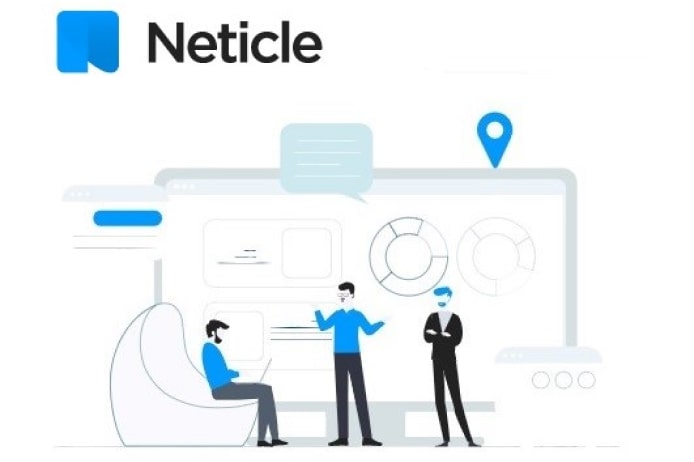Ultimate Guide to the Twitter API
What is API Twitter? Understanding the Basics
At its core, API Twitter allows applications to communicate with Twitter's servers. This interface acts as a bridge, enabling developers to access Twitter's functionalities outside of the traditional web or mobile applications.
It's the conduit through which your application can read from and write to Twitter, covering everything from posting tweets, fetching user timelines, streaming live tweets, to analyzing tweet metrics. This powerful interface opens up a world of possibilities for developers looking to integrate Twitter's capabilities into their applications or services.
Understanding the basics of the Twitter API involves learning the types of APIs Twitter offers. There's the REST API for performing standard operations like reading and writing tweets, the Streaming API for accessing tweets in real-time, and the recently introduced v2 API that promises more features and a higher degree of data access. Each type serves different purposes and comes with its own set of rules and limitations, which are crucial to understand for optimal application performance and compliance with Twitter's guidelines.
Furthermore, the essence of working with the Twitter API lies in understanding the rate limits that ensure fair usage and the platform's stability. These limits dictate how many API calls your application can make within a specific timeframe, which is vital for planning your application's architecture and functionality. Navigating these constraints without compromising on your application's user experience challenges developers to be innovative and efficient in their API usage strategies.
Understanding the basics of the Twitter API involves learning the types of APIs Twitter offers. There's the REST API for performing standard operations like reading and writing tweets, the Streaming API for accessing tweets in real-time, and the recently introduced v2 API that promises more features and a higher degree of data access. Each type serves different purposes and comes with its own set of rules and limitations, which are crucial to understand for optimal application performance and compliance with Twitter's guidelines.
Furthermore, the essence of working with the Twitter API lies in understanding the rate limits that ensure fair usage and the platform's stability. These limits dictate how many API calls your application can make within a specific timeframe, which is vital for planning your application's architecture and functionality. Navigating these constraints without compromising on your application's user experience challenges developers to be innovative and efficient in their API usage strategies.
Our clients
Eleve
This powerful brand advocacy platform helps businesses increase brand awareness through a wide network of key influencers. Using our Social Media API, the company can find the right target audiences for their clients by monitoring more than 1000 user profiles per hour. Social media monitoring and analytics are the main tools in such fields.

Neticle
This Hungarian company provides an Enterprise Text Analytics toolkit for IT, research, and communications departments and individual text analysis solutions. Using our Social Media API helps the company provide intelligent media monitoring, media analysis, social listening, and create sentiment and semantic analysis toolkits for in-house corporate use.

JIN
Jin is a European communication agency specializing in digital influence and public relations. The company provides business intelligence solutions powered by artificial intelligence. Our API is a helpful tool in this field and is used for social media monitoring, hashtag tracking, and a lot more.

Exploring Alternatives: Beyond the Twitter API Alternatives
While the Twitter API offers extensive capabilities, there are scenarios where developers might seek alternatives. Whether it's due to the specific limitations of the Twitter API, such as rate limiting or data access restrictions, or the need for different data sources, exploring alternatives can provide additional flexibility and opportunities.
One alternative is to utilize third-party APIs that aggregate social media data from multiple platforms, including Twitter. These APIs can offer more lenient rate limits, broader data access, or unique features not available through the official Twitter API. However, it's important to evaluate the reliability, data quality, and cost of these third-party services to ensure they meet your application's needs.
Another approach is to leverage open-source tools and libraries that facilitate Twitter data scraping or analysis. While this can offer more direct control over data collection and processing, it's crucial to comply with Twitter's terms of service and data usage policies to avoid potential legal issues. Additionally, maintaining and updating custom solutions can require significant time and resources.
Another approach is to leverage open-source tools and libraries that facilitate Twitter data scraping or analysis. While this can offer more direct control over data collection and processing, it's crucial to comply with Twitter's terms of service and data usage policies to avoid potential legal issues. Additionally, maintaining and updating custom solutions can require significant time and resources.
Looking for a solution for extracting data from social media networks?
Get a free trial of our Social media API for extracting data

